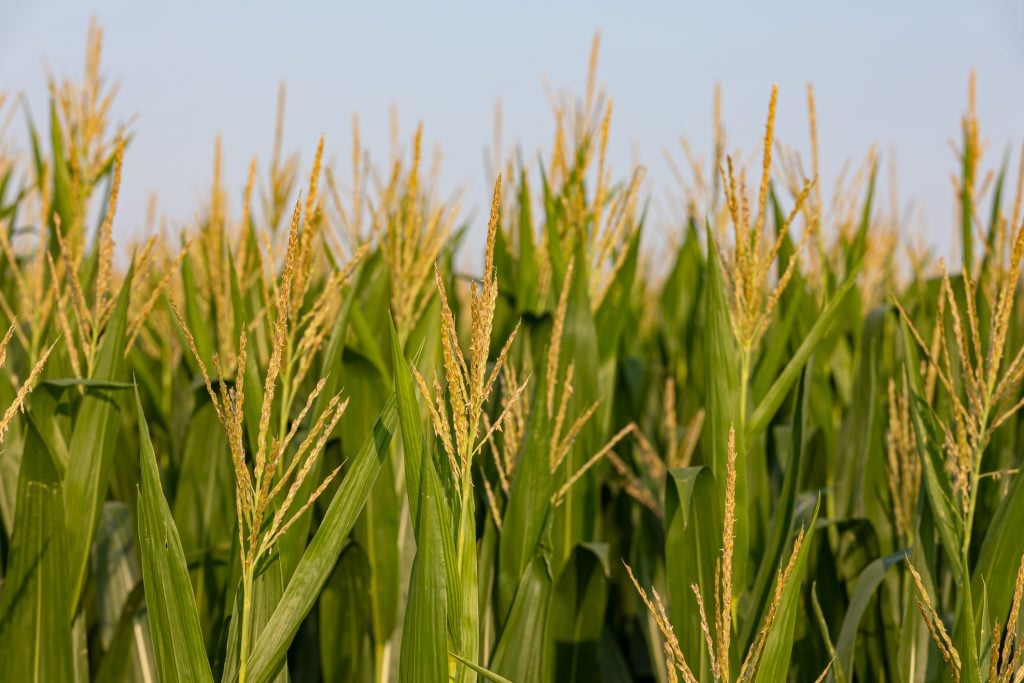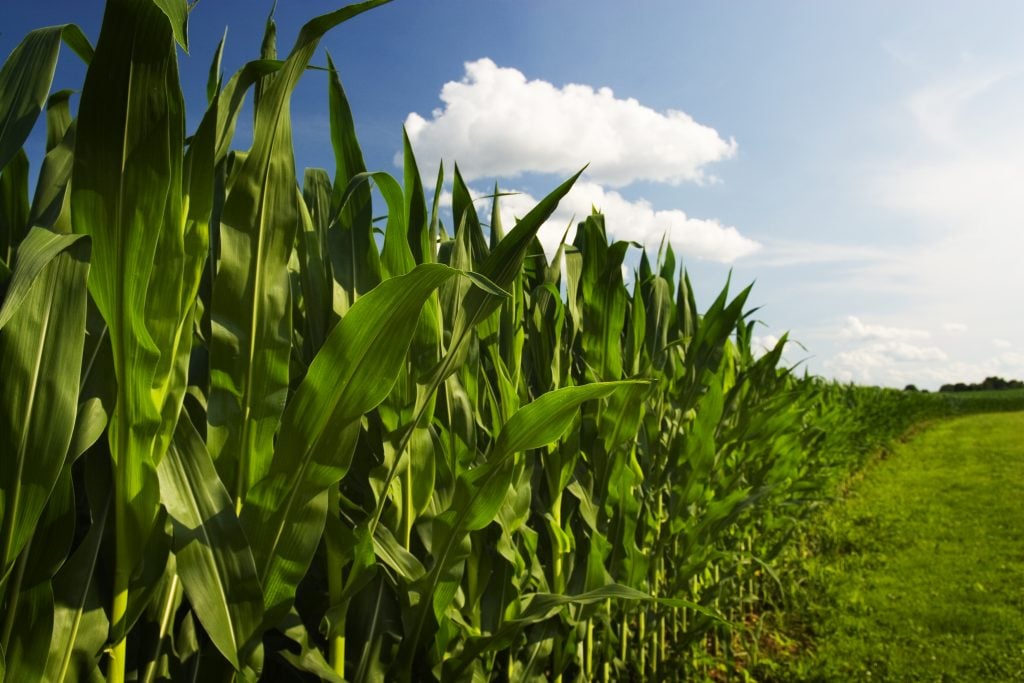Smarter Water Use for Growing Sweet Corn: What the Research Shows

Based on research by Arjun Kafle, Sukhbir Singh, Sanjit Deb, Catherine Simpson, and Glen Ritchie
(Crop Science, 2025, Texas Tech University), water is a precious resource—especially in hot, dry places like West Texas. For farmers growing sweet corn, managing water wisely is more important than ever. A 2-year field study led by Arjun Kafle and his colleagues at Texas Tech University explored how sweet corn responds to different irrigation strategies and biochar—a natural soil amendment made from organic material.
Why It Matters
Sweet corn is not only tasty and nutritious but also an important crop for many U.S. farmers. However, it’s very sensitive to drought. In semi-arid areas like West Texas, rainfall is low and the hot sun causes high water loss from both soil and plants. That means smart irrigation and soil practices are key to growing healthy crops while saving water.
The Study Setup
Researchers tested four irrigation levels:
- I1: Full irrigation (100% of water needs met all season)
- I2: Mild stress early, moderate stress later
- I3: Moderate stress early, mild stress later
- I4: Severe water stress all season
They also tested three amounts of biochar: 0, 15, and 20 tons per hectare. Hardwood biochar from oak trees was incorporated into the soil before planting.
The goal was to find the best way to grow sweet corn with limited water—while also examining whether biochar could improve soil performance.
What They Found
1. I3 Is the Sweet Spot
I3, which applied moderate water stress early and mild stress during the critical reproductive stage, maintained crop yield close to full irrigation (I1). Even better, it used 24% less water on average across both years and delivered up to 12% higher water productivity. This makes I3 a promising option for water-limited areas.
2. Biochar Helped Slightly—But Not Much
In this short-term trial, biochar slightly increased plant height and biomass, especially at 15–20 t/ha. However, it didn’t significantly improve leaf water potential, photosynthesis, or yield. The researchers suggest that biochar’s real benefits may take longer than two years to appear—especially in semi-arid soils.
3. Severe Stress = Severe Loss
Plants under I4 (severe water stress all season) struggled the most, with shorter stalks, fewer ears, and nearly 50% lower yield than I1. This shows how critical proper irrigation timing is for sweet corn success.
4. Timing Irrigation Is Key
Interestingly, sweet corn tolerated water stress better during its early vegetative stage than after tasseling (when ears begin to form). So, supplying more water during reproduction and slightly less during early growth (like I3) makes the most efficient use of limited water supplies.
Takeaway
Strategic irrigation—especially the I3 schedule—can help sweet corn thrive in hot, dry conditions while saving water. While biochar didn’t play a major role in this short window, it may still offer longer-term benefits as it conditions the soil over time.
If you’re growing in a semi-arid climate, this research suggests a smart, stage-based watering plan could help you balance productivity with sustainability.
Kafle, A., Singh, S., Deb, S., Simpson, C., & Ritchie, G. (2025). Physiology, growth, and yield of sweet corn as affected by growth stage‐based irrigation management and biochar application. Crop Science, 65(2), e70021. https://doi.org/10.1002/csc2.70021







